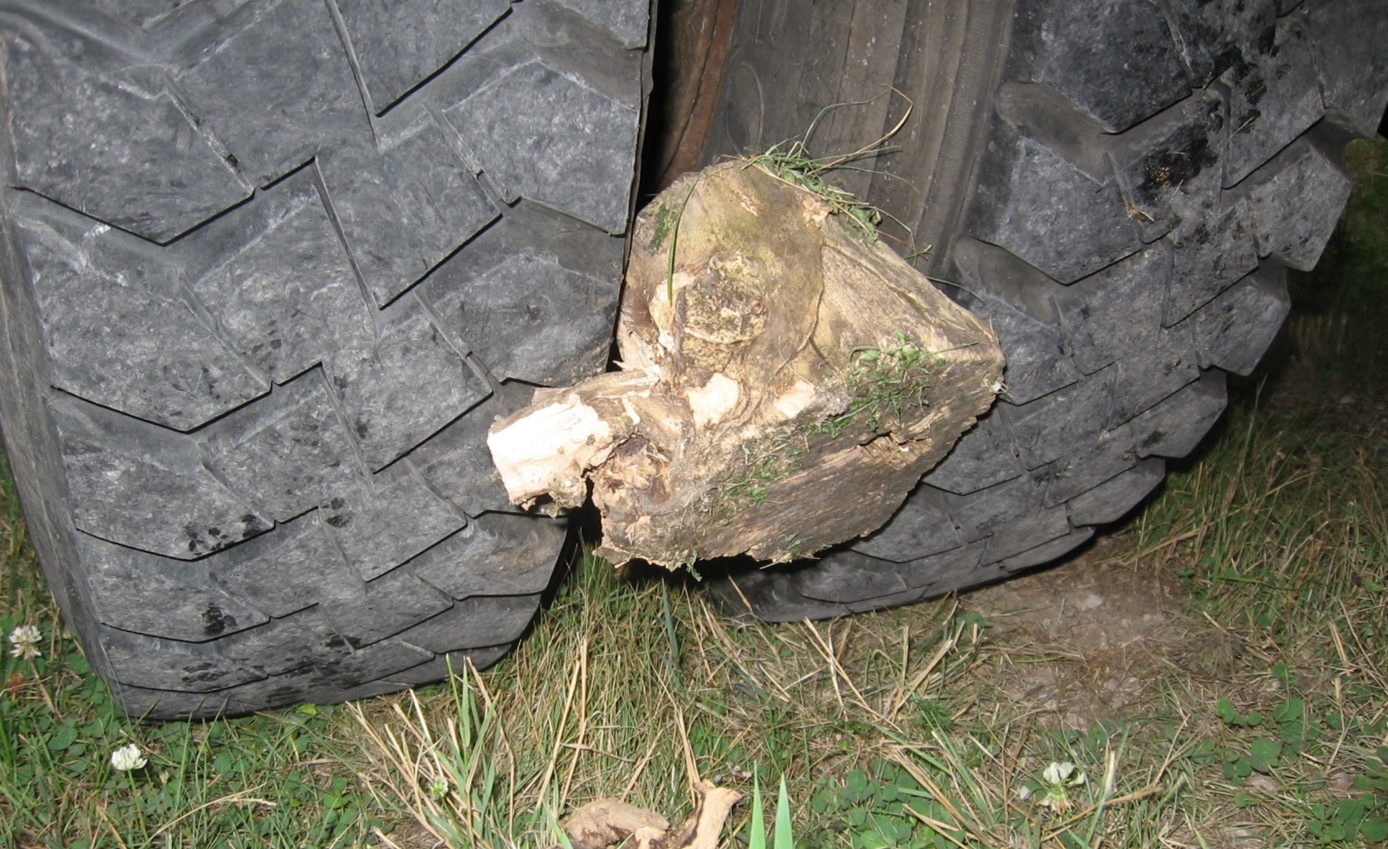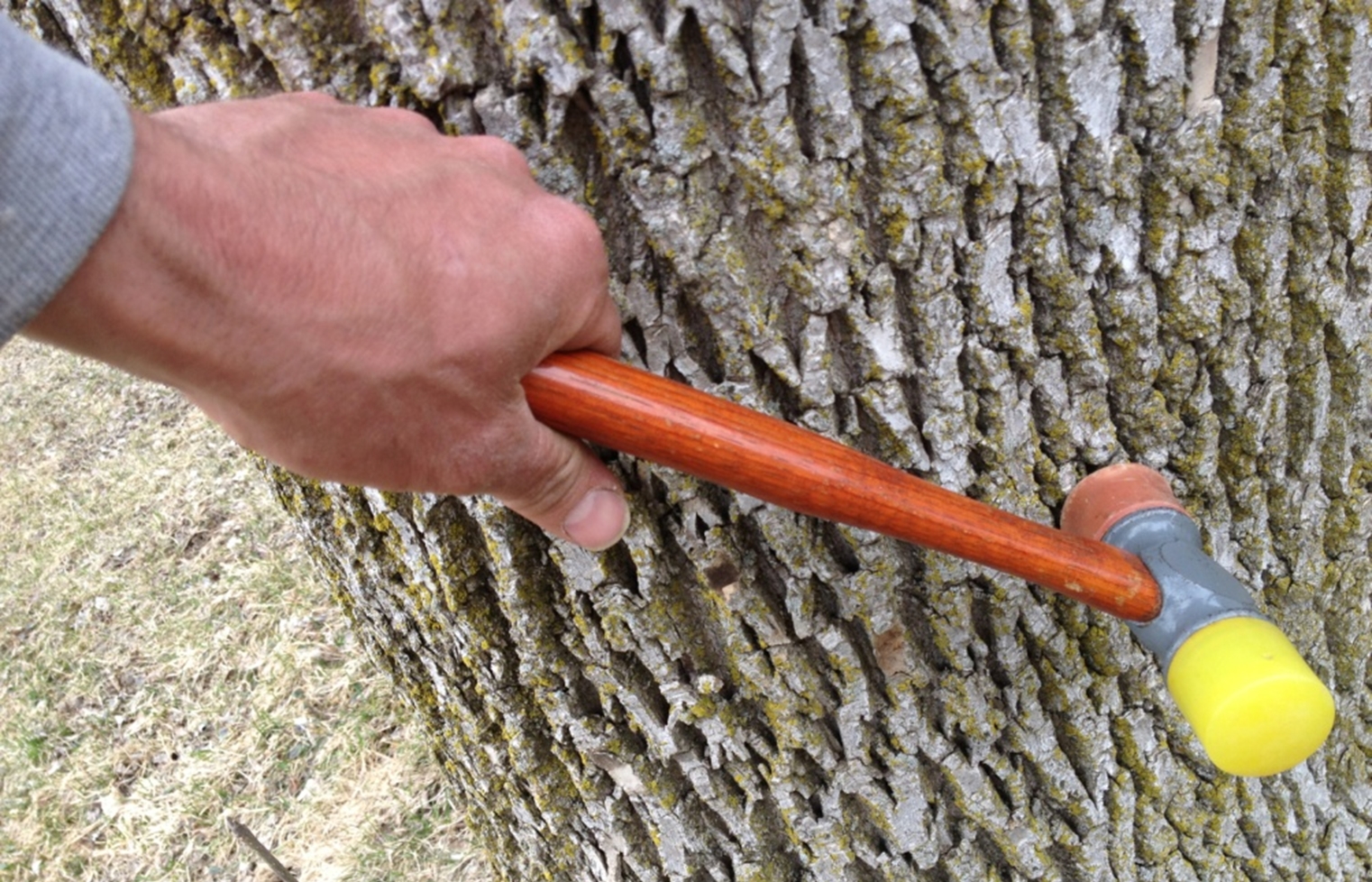Pre-work Tree Risk Assessment
This article originally appeared in the August 2017 issue of ARBORIST NEWS, a publication of International Society of Arboriculture (isa-arbor.com). This content is reprinted with full permission of the publisher.

Risk is present in just about everything we do—even something as basic as driving a truck (depending on how you go about it). How we approach the task of driving greatly affects the amount of risk we expose ourselves to. In other words, what we do before we turn the key in the ignition can increase or decrease our exposure to risk and impact our likelihood of having an incident.
As professionals, we know that being systematic and thorough with pre-trip vehicle inspections reduces our chance of missing something. If we are aware of problems with our equipment before we get on the road, then we can better our chances of properly addressing those problems.
Just as we need to conduct a thorough and systematic pre-trip inspection before we hop in the truck, we also need to do a thorough and systematic pre-work tree and site assessment to reduce our exposure to risk on the work site. If done the same way each time, your pre-work and site assessment can become a habit—a good habit. Never underestimate the value of a habitual process that reduces the likelihood of forgetting or missing something.
Evaluating the tree twice adds another level of safety before someone works on the tree. We are all human, and we all make mistakes. But hard work and patience can reduce those mistakes: assess the tree first to create an estimate or to develop a work order, then assess it again when the crew goes out to do the actual work.
The tree risk assessment we do before we send out a crew can set them up for success or failure, from a safety standpoint as well as an expense standpoint. Have you ever been involved in a job in which the initial assessment was more of a drive-by look, from one perspective, which you later found out had missed a significant concern? Hypothetically speaking, if a more thorough assessment was within the range of possibility, you might have considered enlisting different people with the appropriate skills and equipment (e.g., aerial lift, crane). The question then becomes, does the crew decide not to do the job and to come back another day with the appropriate equipment and personnel, or does the crew attempt to complete the job with what they have to avoid the additional, unplanned expenses?

A thorough tree risk assessment can help us avoid putting our crews in this very predicament. It is easy to not do a thorough tree assessment, thinking that the tree looks good from a distance and assuming the crew is going to look at it closer before they work on it. But the assessment needs to be the same, regardless of whether we are climbing the tree or planning to work using an aerial lift. For example, if a tree or tree part fails while we are using an aerial lift, there is a high risk of that part hitting the lift. We cannot operate under a false sense of security. We must not assume we do not need to conduct a thorough risk assessment because we are not tied to the tree.
Returning to our truck analogy—as one approaches a truck to do a pre-trip inspection, one looks for major signs of concern (e.g., oil on the ground, flat tires). We should approach trees and the sites we work on with the same big-picture observation, looking for and identifying obvious signs of concern. On a work site, we should be looking for power lines, signs of recent site disturbance (e.g., new sidewalks, curbs, or driveways), changes in grade, or vehicle traffic.
Following an overview of the work site, we should look for major signs of concern as we approach the tree(s) we plan to work on. Things that are easier to spot on approach include tip dieback, sparse canopy foliage, or excessive sprouts along major branches. Be aware that this may indicate root problems and consequently a loss of structural stability. Know the signs of poor or weak branch attachment, like codominant stems or narrowly angled branch unions. Develop a keen eye for dead or broken limbs, large cavities or cankers, or the absence of a visible trunk flare at the ground line. If there is no trunk flare, then there is a good chance the site has seen a change in grade, potentially causing damage to the root system and a loss of structural integrity.
In the case of a thorough, pre-trip assessment of a work truck, a close-up inspection of all the critical parts of the vehicle will be necessary—lifting the hood to check the engine, checking brakes, taking a look at the suspension. The same goes for us arborists as we get closer to the tree we plan to work on—the closer we get, the more critical we should be of the tree’s canopy, branches, and trunk. Having a pair of binoculars handy is very useful to get a better view of things that are difficult to see from the ground. On this closer inspection, we are typically able to identify smaller or less obvious defects that we could not see from a distance. Things like cracks, loose bark, or fungal fruiting bodies let us know there is dead tissue, and we should explore further to see how extensive the dieback and decay really is. Looking down at the base of the trunk, we can search for girdling roots, or heaving soil or root plates, among other concerns. We should use a mallet to sound every tree we work on to help identify cavities.
A process like the ISA Tree Risk Assessment Qualification (TRAQ) is one method for helping arborists keep to the same, thorough process to reduce the likelihood of missing something. Some professionals prefer to customize their own process (or forms) to better fit their personnel and work requirements. Some document their assessment with a pen and paper, while others prefer to do everything electronically. Still others carry out the assessment but choose only to document significant concerns. Regardless of the method, the key is to follow a thorough, systematic process that is the same with each use. It may take some time and purposeful action to make your chosen process part of your routine. Be patient and persistent!
Don Roppolo is a manager of Arboricultural Training with The Davey Tree Expert Company. He is an ISA Certified Arborist (#IL-1393ATL).
